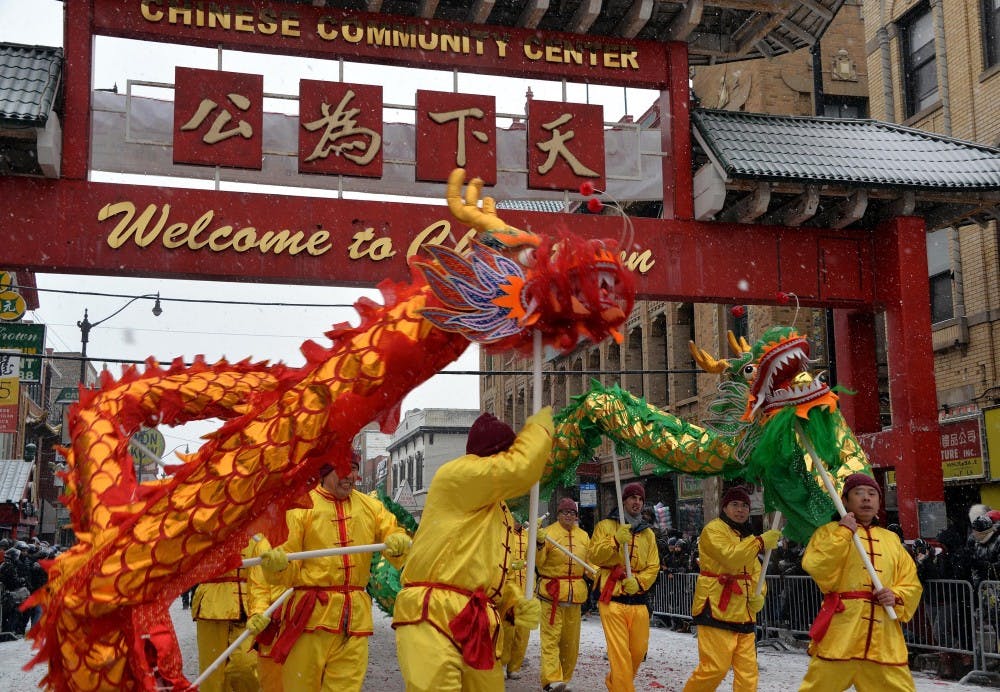Two weeks ago, U.S. Rep. Ed Case, D-1st District, claimed to be “an Asian trapped in a white body” while addressing a crowd of Asian-American and Pacific Islander voters in Washington.
It is fair to say that the Hawaiian congressman has more exposure to Asian culture than your average American: his wife is Japanese-American and he represents the only majority-Asian district in the nation. Nonetheless, his comment did not go over well, and neither did his apology.
When my father, a Chinese immigrant, brought this story to my attention, he said he didn’t see what was so offensive about the comment. Granted, it would be fair to say Case has greater understanding of Asian culture than many.
Nonetheless, this soured joke reveals the limits of cultural appreciation, and leaves me questioning how to celebrate a culture that’s not one’s own.
One reason that so many take issue with Case’s statement is the assumptions it seems to make. For a white man to say that he feels Asian is to conflate whites and Asian-Americans, which robs Asian-Americans of their cultural experiences.
Comments like these also fuel “model minority” stereotypes that portray Asians as “the next white people” in a whitening process that previously recategorized people of Irish, Italian, and Jewish heritage from non-white to white.
The whitening of Asian-Americans is visible in a recent court case against Harvard. When Asian students sued Harvard and accused the university of discriminating against them in admissions, they were supported by Edward Blum, a white lawyer who used the case to attack affirmative action policies.
As a result, the case positioned Asian-Americans who oppose affirmative action against other minorities who support it. For many, this was evidence that Asian-Americans were used as a wedge group to divide people of color and advance Blum’s ulterior motive of dismantling affirmative action.
What is really at stake when someone conflates whites and Asian-Americans is an erasure of identity. At the end of the day, Case’s comment is relatively innocuous, but it reveals the uncomfortably close relationship between whiteness and Asian-Americanism which threatens to pit Asian-Americans against other minorities.
This is distinct from other minority experiences. One can hardly imagine a congressman claiming to “feel like a black man trapped in a white man’s body,” but as Case’s remark shows, the meaning changes when you swap “black” for “Asian.”
A spokesperson stated that the congressman was commenting on “what his Japanese-American wife sometimes says about him.” But is it OK for his wife, an Asian-American, to label someone as an “Asian trapped in a white body”?
Or is it OK for an Asian-American to claim the reverse, that they are “a white person trapped in an Asian body”? There is an informal term for this — “banana person” — and it doesn’t risk “conflating whites with Asians” in the same way, but it comes with its own issues of whitening and cultural loss.
These nuances reveal that acceptability is highly dependent on context. “White person trapped in Asian body” is somehow more digestible than “Asian person trapped in white body.” It’s okay for Kendrick Lamar to use slurs against black people, but not for his white fans to say it with him.
The ambiguous boundary between what is and is not OK when it comes to race should not mean that we self-censor in the name of political correctness. Nonetheless, the backlash from Case’s comment shows that the way to celebrate a culture outside of your own is to approach it like an outsider, not like a false insider.






